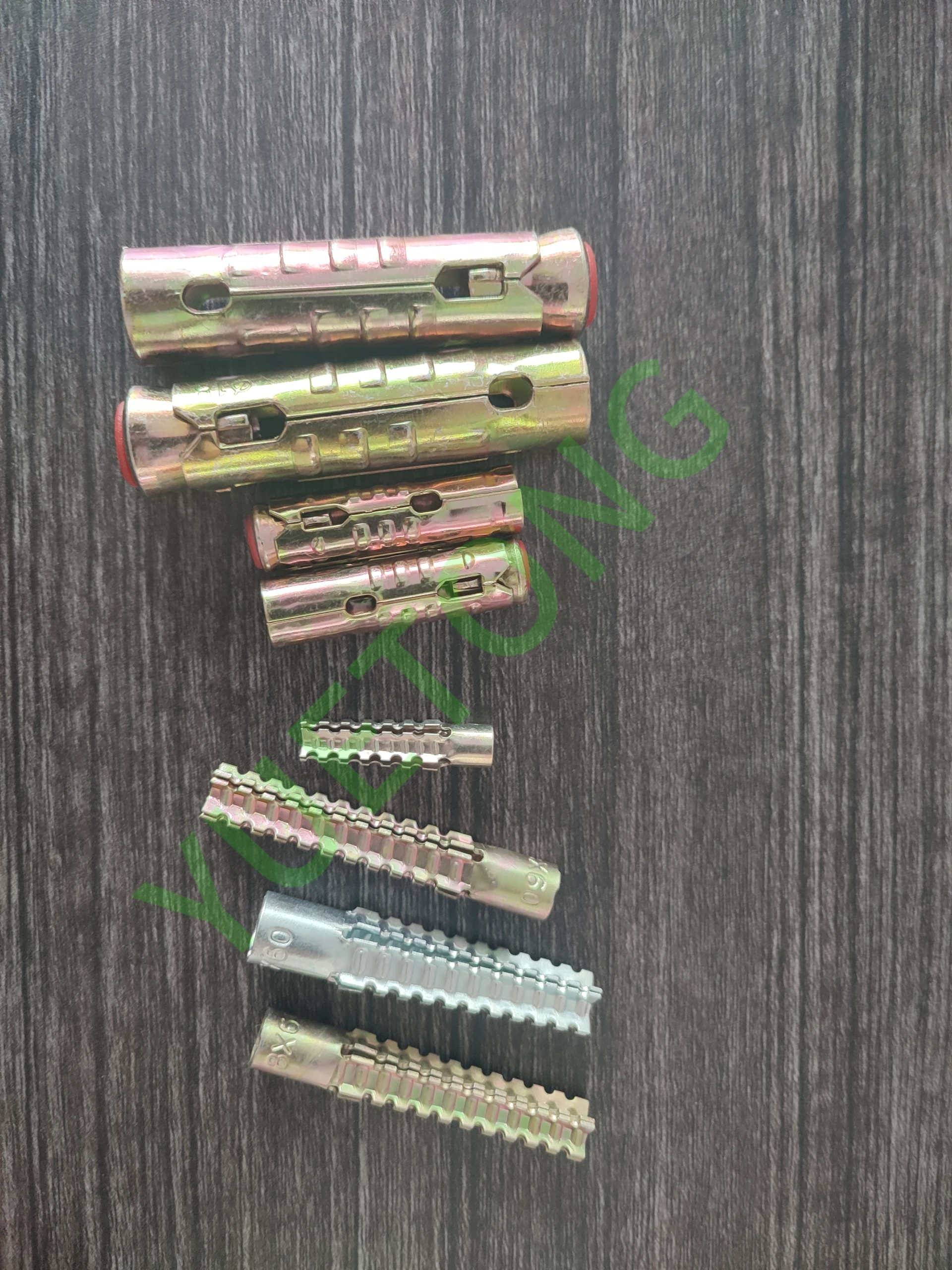নভে. . 27, 2024 09:31 Back to list
Understanding Left-Hand Thread Hex Nuts and Their Applications in Various Industries
Understanding Left-Hand Thread Hex Nuts
Hex nuts are an essential component in many mechanical assemblies. They are typically used in conjunction with a bolt to fasten two or more parts together securely. While the standard right-hand thread is common in most applications, left-hand thread hex nuts play a crucial role in specific situations. This article aims to provide insight into left-hand thread hex nuts, their applications, and the advantages they offer.
What is a Left-Hand Thread?
A left-hand thread is a type of screw thread that is designed to be tightened or loosened by turning counterclockwise. This is in contrast to the right-hand thread, which is tightened by turning clockwise. The metric or imperial measurements of these threads do not change; rather, it is the direction in which the thread rotates that differentiates them. Left-hand threads are often denoted with an LH marking, making them distinguishable from their right-hand counterparts.
Applications of Left-Hand Thread Hex Nuts
Left-hand thread hex nuts are used in applications where reverse forces may cause a right-hand threaded connection to loosen. This typically happens in situations where a rotational force is applied in a counterclockwise direction. Common applications include
1. Bicycles Many bicycle pedals use left-hand threads on one side to prevent them from loosening during pedaling. 2. Automotive Some automotive applications require left-hand threads, such as the attachment of certain wheels, especially on older vehicles.
3. Machinery In heavy machinery, certain components are designed to rotate in such a way that left-hand threads are necessary to maintain connections under stress.
left hand thread hex nut

Advantages of Left-Hand Thread Hex Nuts
1. Prevention of Loosening The primary advantage of using left-hand thread hex nuts is their ability to withstand loosening under counterclockwise rotation. This is especially critical in high-vibration environments where standard threads could fail.
2. Specific Constraints In assemblies where space is limited or where adjacent fittings already utilize right-hand threads, left-hand threads can reduce the possibility of cross-threading and provide a more secure connection.
3. Safety Left-hand threads can enhance safety in applications where failure could lead to hazardous situations. The stability provided by the threading can help ensure that equipment remains secure during operation.
Conclusion
Left-hand thread hex nuts may be less common than their right-hand counterparts, but they are vital in particular scenarios. Understanding their unique properties and applications can make a significant difference in the performance and longevity of mechanical assemblies. By employing left-hand threads where appropriate, engineers and technicians can ensure secure fastening even in challenging conditions. As we continue to advance in technology and engineering practices, the importance of recognizing and utilizing these specialized components remains essential for effective design and safety in mechanical systems. Whether you're working on bicycles, automotive components, or industrial machinery, the right choice of threads can have a profound impact on the success of your project.
-
The Ubiquitous Reach of DIN934 in Application Realms
NewsMay.16,2025
-
Exploring Different Bolt Types
NewsMay.16,2025
-
Cracking the Code of Sleeve Anchor Mastery
NewsMay.16,2025
-
Clamp Design Principles,Types and Innovations
NewsMay.16,2025
-
Artistry Inspired by the Humble Anchor Bolt
NewsMay.16,2025
-
A Deep Dive into Screw Types
NewsMay.16,2025


